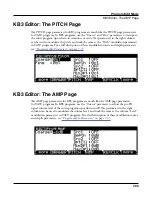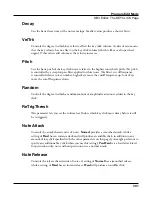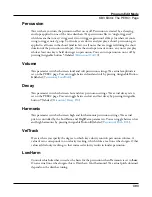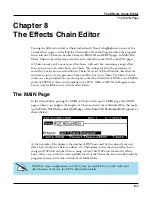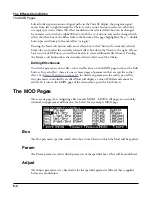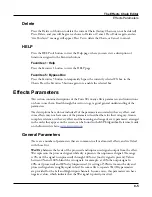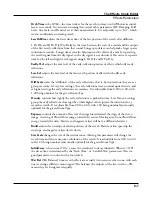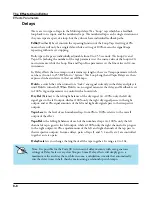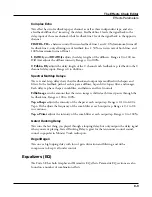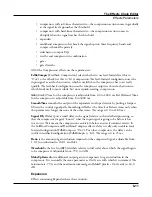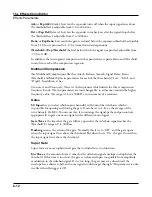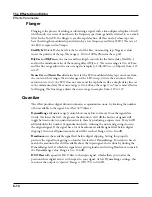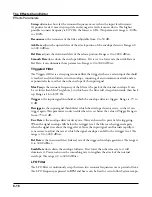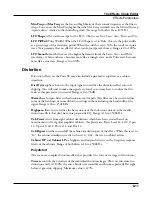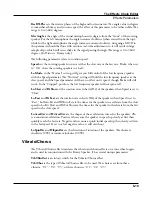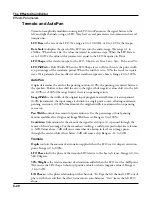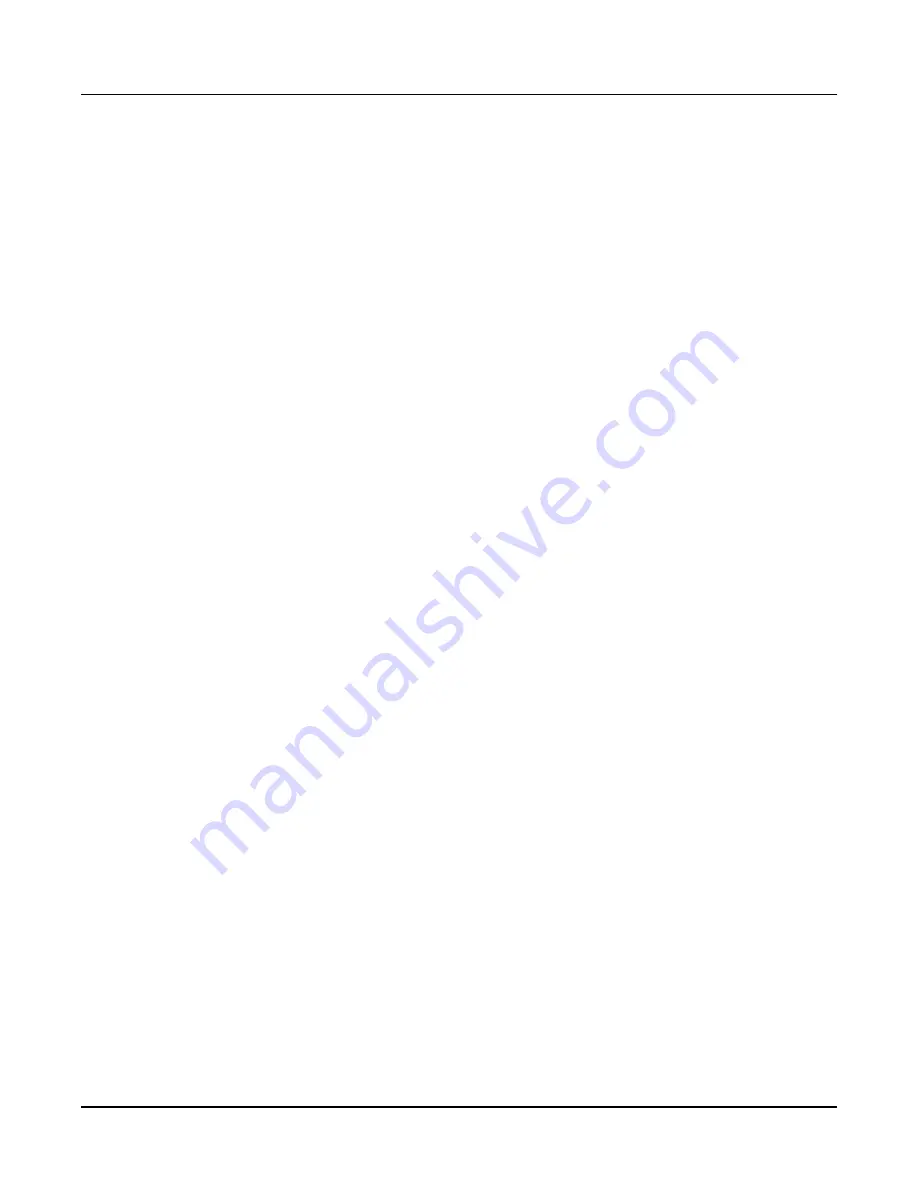
The Effects Chain Editor
Effects Parameters
8-6
When an effect with the Wet/Dry parameter is used in Chain that has been selected as an
Aux effect, Wet/Dry is automatically set to 100% wet and cannot be adjusted. This is because
when using an Aux effect, the dry signal is already effectively at 100% on the main audio bus
(not routed through the Aux effect.) In this case, turning up the Aux send level will blend the
100% wet signal (from the Aux bus) with the dry signal on the main audio bus.
Out Gain
sets the gain at the output of an effect.
In/Out
enables or disables the effect. You can think of it as a Wet/Dry parameter with only
two
HF Damping
(high frequency damping) is the cutoff (-3 dB) frequency of a 6dB/octave
lowpass filter that’s inserted before the processor. High frequencies above the set cutoff
frequency will be filtered out. In the case of processors where multiple iterations of the signal
are heard, such as in a delay, each iteration of the signal will pass through the filter, and will
therefore be duller.
XCouple
(Cross Couple). In stereo effects, this controls how much of any signal being
fed back is going to the channel opposite to the one where it first appeared. At 100%, all
feedback from signals at the left input goes to the right channel and vice versa, causing a
“spreading” or in the case of delay lines, a “ping-pong” effect. At 0%, fed-back signals stay
with the channel they came in on.
A->B cfg
(configuration). In combination effects that contain two (or more) components,
the order in which the signal passes through the two components can be changed with this
parameter. Combination effects are usually named with a “->”, as in 484 “Flange->Shaper.”
For example, 484 “Flange->Shaper” can be configured so the signal passes through the
flanger first and then the shaper, or through the shaper first and then the flanger. The cfg
parameter determines the configuration, and its value is context-sensitive—in this example,
the choices would be “Fl->Shp” and “Shp->Fl.”
A/Dry->B
is also found in many combination effects, and controls the amount of signal
that will pass dry (unprocessed) through the first component into the second component.
Different combination effects use different variations on this parameter, depending on the
context. The range is 0 to 100%.
Reverbs
Room Type
changes the configuration of the effect to simulate a wide array of room types
and sizes including booths, small rooms, chambers, halls and large spaces. Because this
parameter changes the structure of the reverb effect, you need to be careful when assigning it
a MOD— changing it in real time while signal is passing through it is likely to cause audible
artifacts. Room types in different effects with similar names do not necessarily sound the
same.


